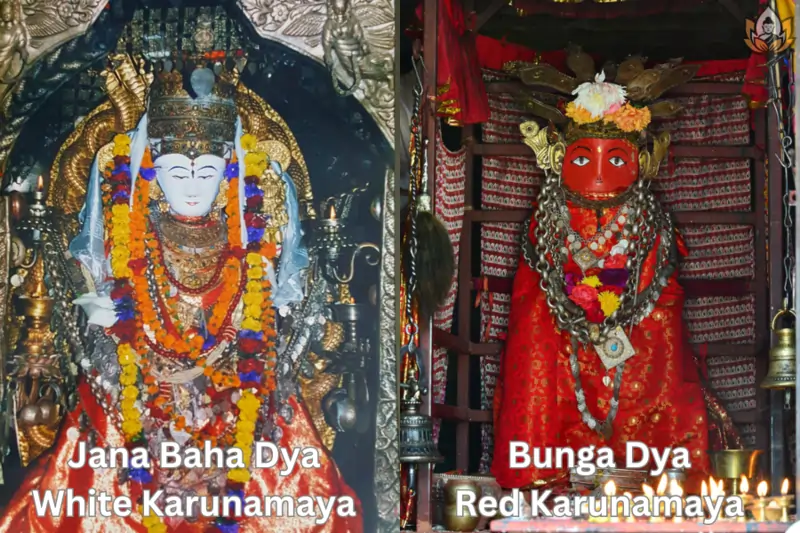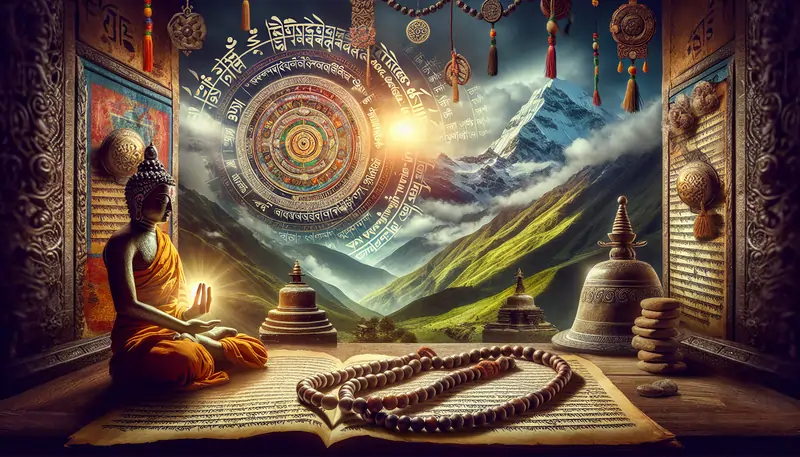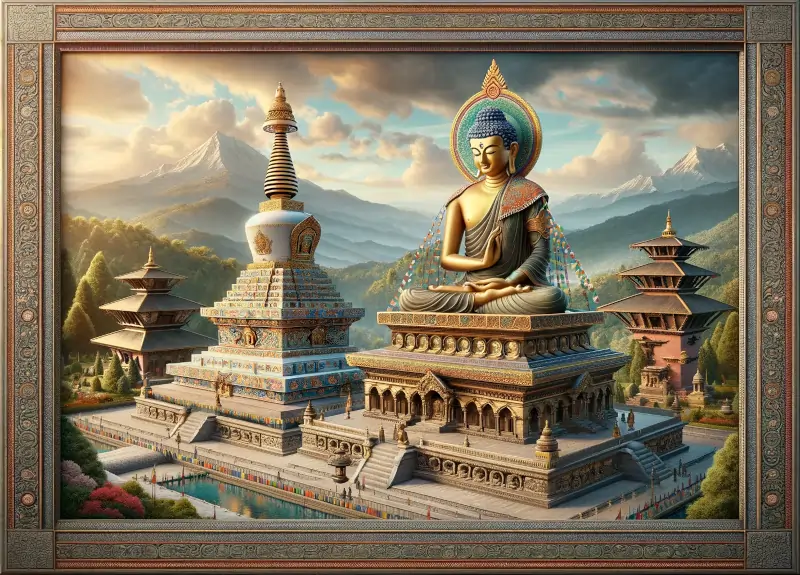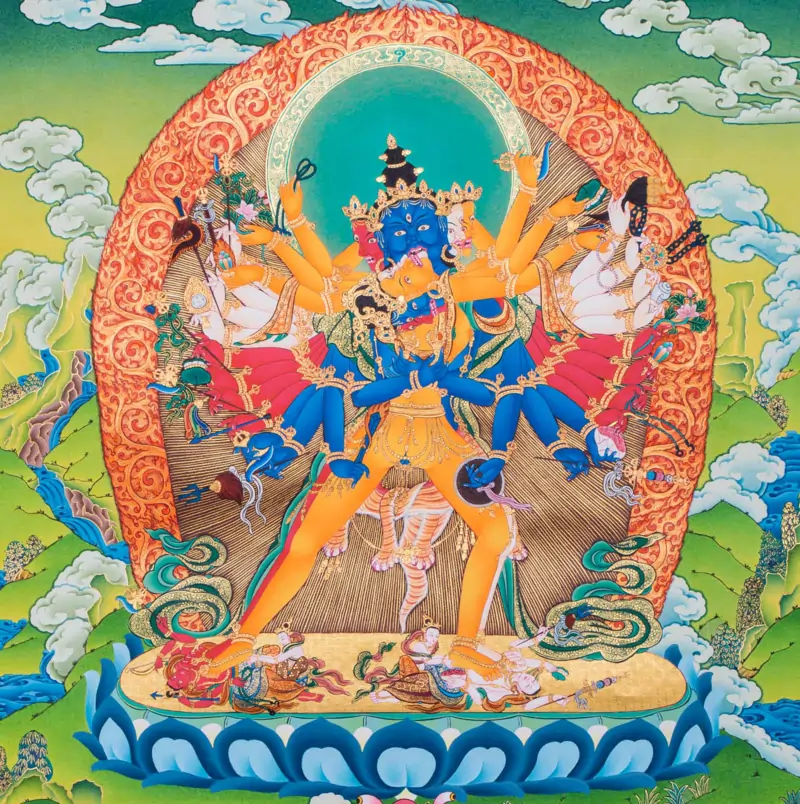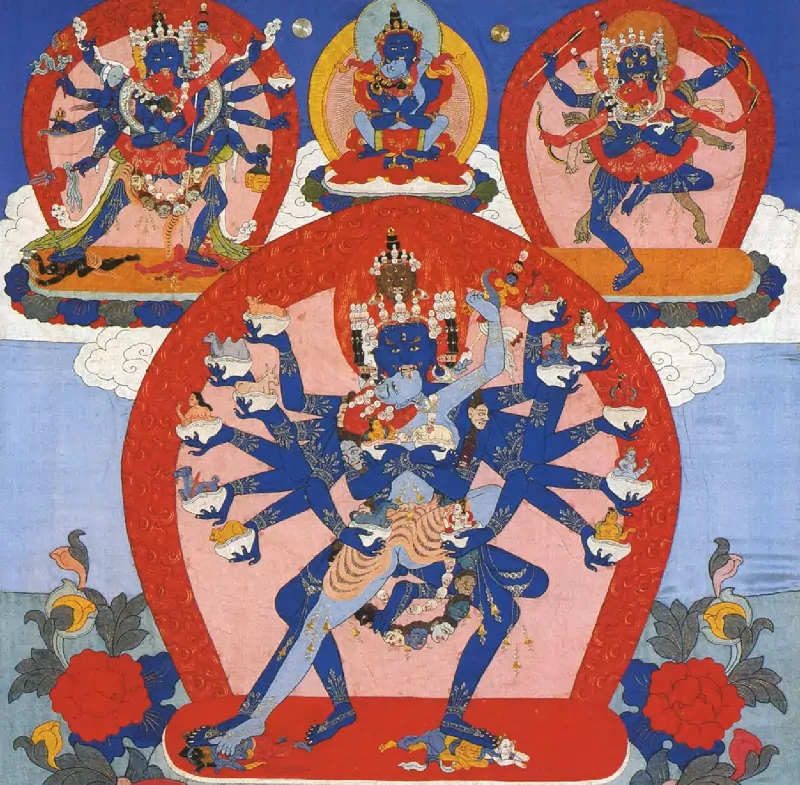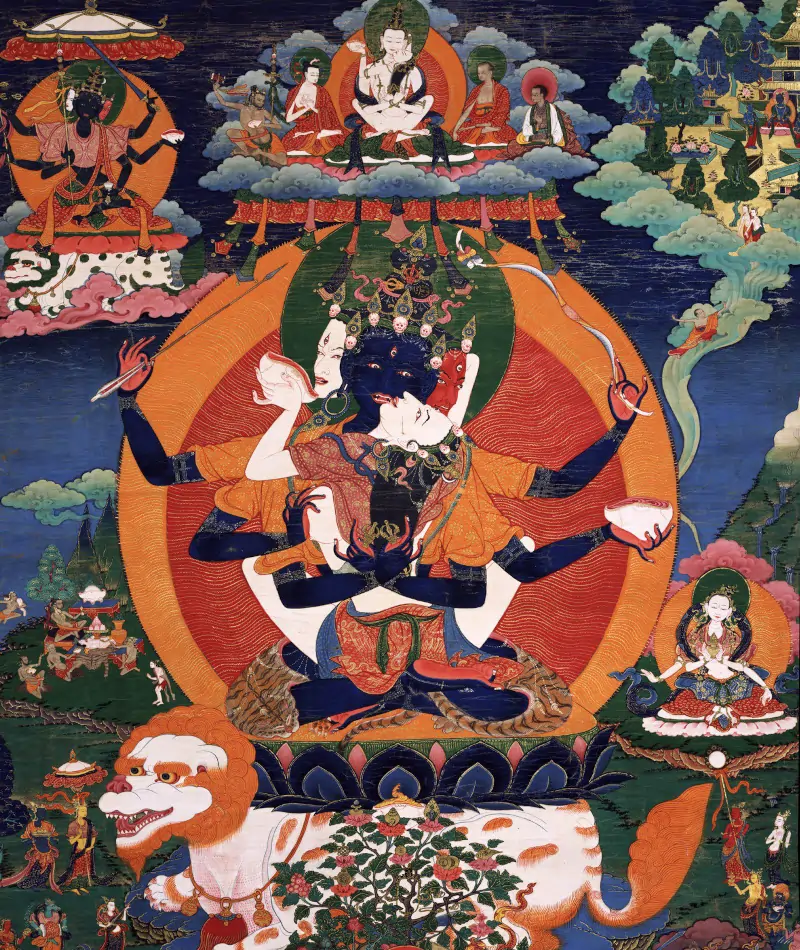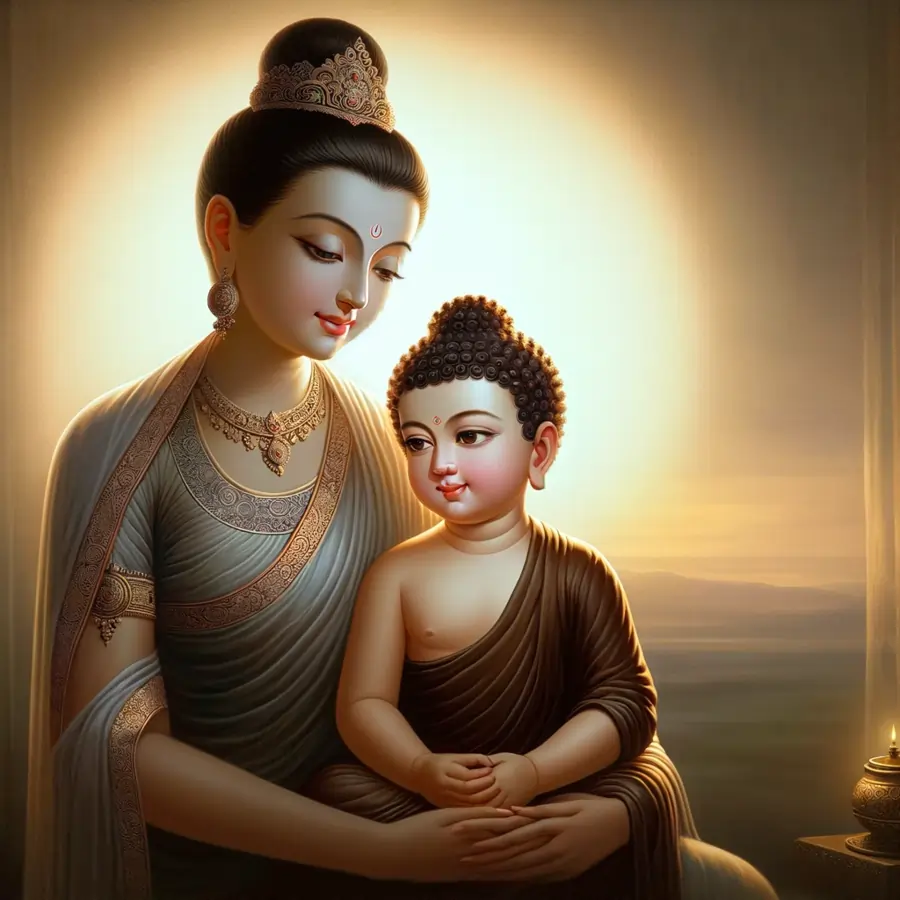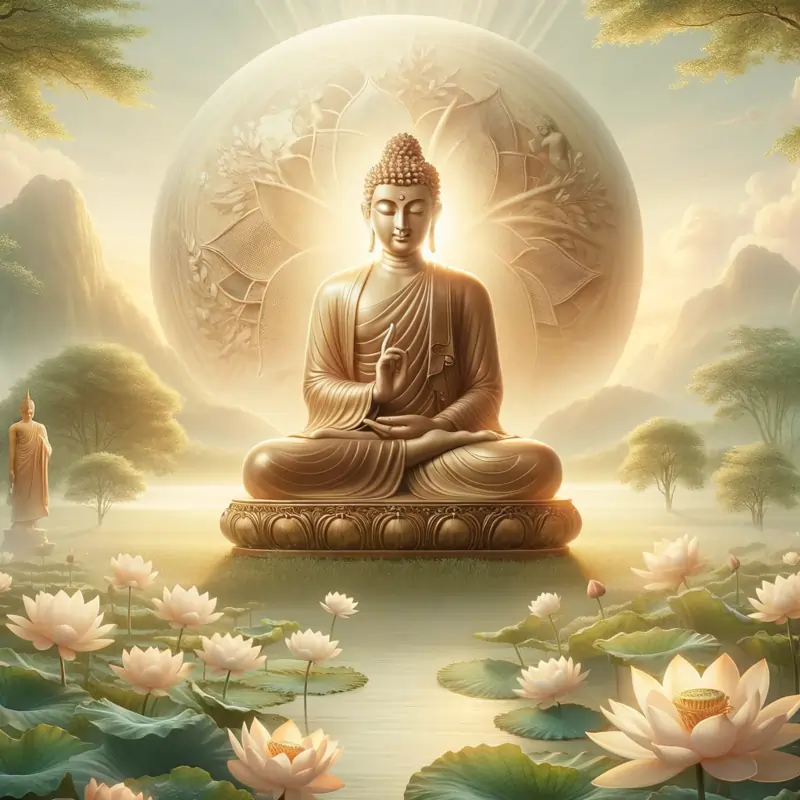Karunamaya and Machhindranath Are NOT the Same Entity
Introduction In Kathmandu, the White Karunamaya (Jana Baha Dya or Arya Lokesvara) and in Patan, the Red Karunamaya (Bunga Dya or Padmapani Lokesvara), are commonly referred to as Machhindranath by the general populace. However, this belief appears to be incorrect, as Karunamaya (also known as Avalokiteshvara) and Machhindranath are not the same person or deity. … Read more

